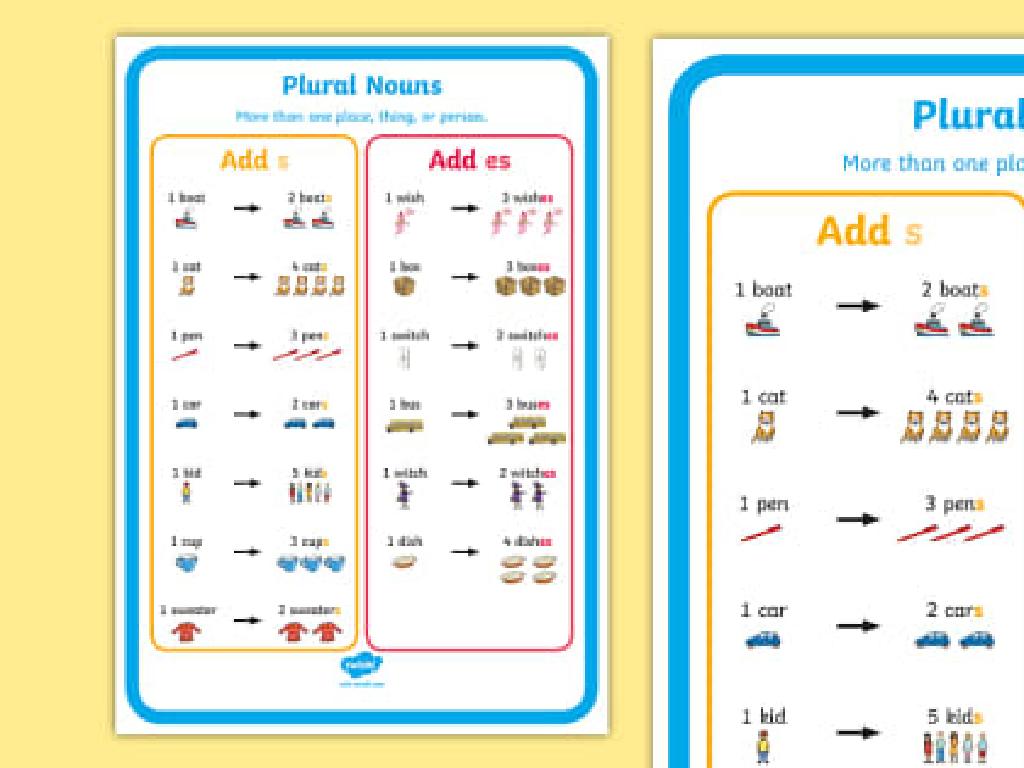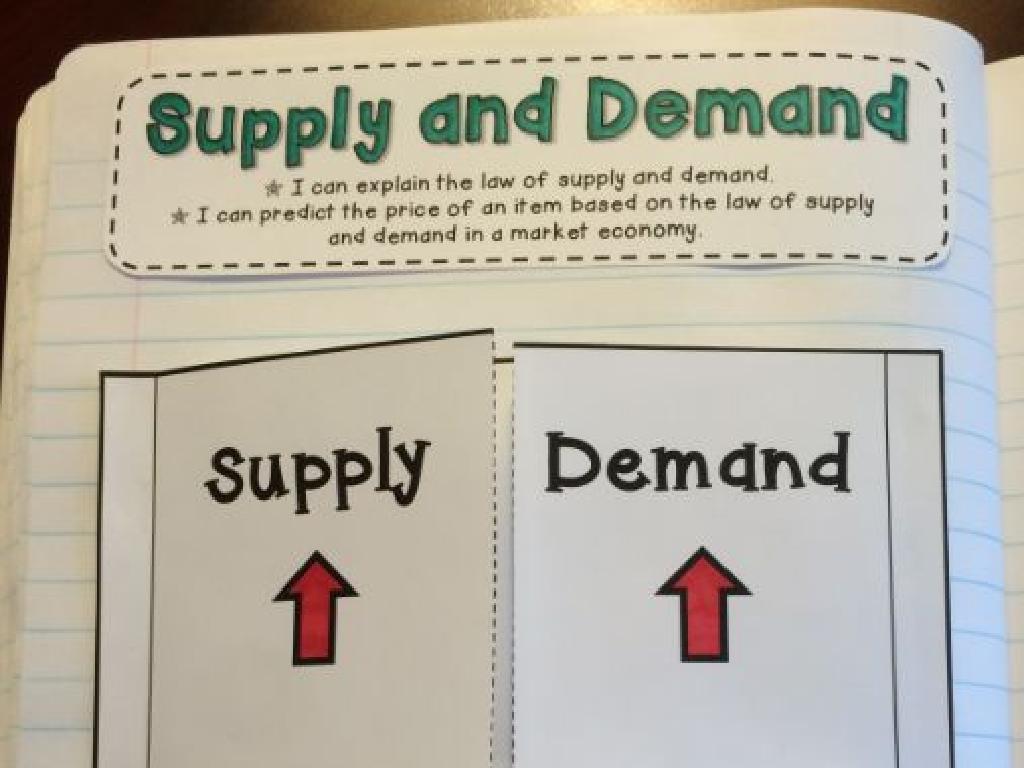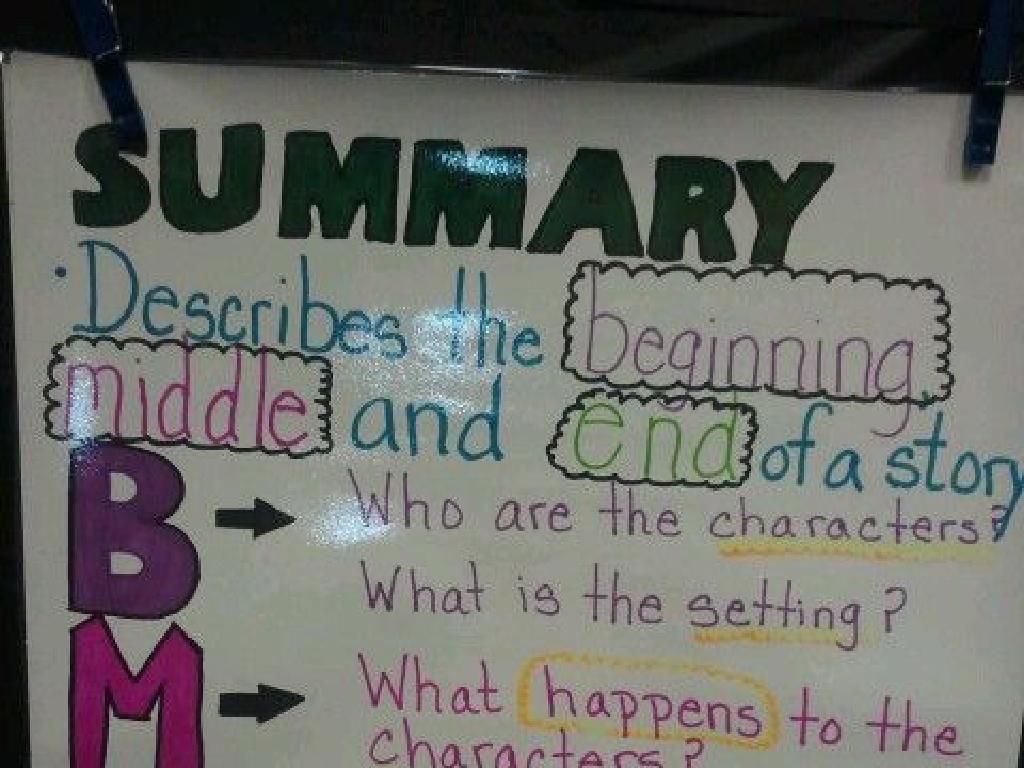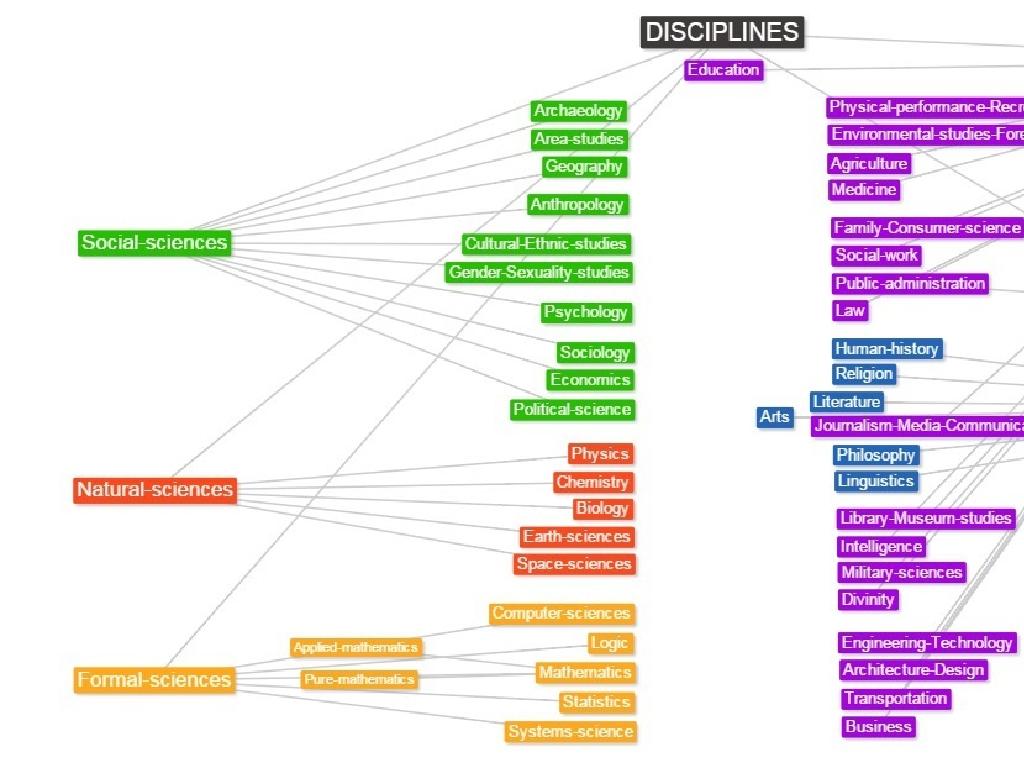Learn To Count - Up To 10
Subject: Math
Grade: Pre-k
Topic: Counting To 10
Please LOG IN to download the presentation. Access is available to registered users only.
View More Content
Welcome to Counting!
– Greet our little mathematicians
– Today’s focus: numbers and counting
– Counting our fingers together
– Let’s count each finger on our hands!
– Understanding numbers up to 10
– Numbers help us know how many items we have.
|
This slide is designed to introduce Pre-K students to the concept of counting in a fun and interactive way. Start by greeting the students warmly to create an engaging learning environment. Explain that the day’s lesson will be about numbers and counting, which are fundamental skills in mathematics. Encourage the children to look at their own hands and count their fingers aloud together, which helps them understand that numbers represent quantities. Reinforce the concept by counting other objects in the classroom up to 10, ensuring they grasp the idea of sequential order. The goal is to make the students comfortable with numbers up to 10 by the end of the lesson.
What is Counting?
– Counting is number order
– It shows ‘how many’ we have
– Sing the counting song
– We’ll learn a fun song to remember numbers
– Practice counting daily
– Count objects like toys or crayons every day
|
This slide introduces the concept of counting to Pre-K students. Emphasize that counting is not just reciting numbers but understanding their order and using them to determine the quantity of a set of items. Engage the students with a counting song that makes learning fun and memorable. Encourage them to practice counting with familiar objects in their daily lives to reinforce the concept. During the next class, have a sharing session where each student can demonstrate their counting skills with the class.
Counting Fun: Numbers 1 to 5
– Learn numbers 1, 2, 3, 4, and 5
– Match numbers to objects
– Each number pairs with items like toys or fruits
– Count objects together
– 1 apple, 2 teddy bears, 3 blocks, 4 crayons, 5 ducks
– Practice with fun examples
|
This slide introduces the concept of counting from 1 to 5. Start by showing the numbers and then associating each number with a corresponding number of objects. Use visual aids like pictures of apples, teddy bears, blocks, crayons, and ducks to help children visualize the concept. Encourage the children to count along with you. Make the session interactive by asking them to bring similar objects from their surroundings and count them. Reinforce learning by repeating the counting exercise with different sets of objects. This activity will help children understand the concept of quantity and the relationship between numbers and actual items.
Counting Numbers 6 to 10
– Learning numbers 6, 7, 8, 9, 10
– Counting objects together
– Let’s count: 6 balloons, 7 stars, 8 candies, 9 flowers, 10 cookies
– Show 10 fingers
– Can you hold up 10 fingers? Let’s try!
– Practice makes perfect
– Keep practicing counting with different items at home
|
This slide is aimed at helping Pre-K students learn to count from 6 to 10. Start by introducing the numbers 6 through 10, ensuring that the students can recognize and say the numbers. Use visual aids like pictures of balloons, stars, candies, flowers, and cookies to help them associate the numbers with actual objects. Encourage the children to count out loud as a group. For interactive learning, ask the students to show 10 fingers and count each finger one by one. Reinforce learning by suggesting that they practice counting various items at home with their family members. The goal is to make counting a fun and engaging activity that they can relate to their everyday life.
Counting Practice: Fun with Numbers!
– Counting with everyday items
– Count toys, fruits, steps
– How many blocks? How many apples?
– Counting is fun and easy
– Practice counting anywhere
– Try counting steps at home or leaves in the park!
|
This slide is aimed at engaging Pre-K students in a fun and interactive counting activity. Encourage the children to use tangible items like toys and fruits to visualize numbers and understand the concept of counting. Emphasize that counting is not just a classroom activity but a part of everyday life. Provide examples of counting in different scenarios, such as counting steps while walking or leaves on a tree during playtime. The goal is to make counting a playful and integral part of their daily routine, reinforcing their numerical skills in a natural and enjoyable way.
Counting Together: Learning Numbers 1-10
– Counting from 1 to 10
– Show numbers with fingers
– Hold up the correct number of fingers for each number
– Teacher says a number
– Students show with fingers
– Practice makes perfect! Let’s try!
|
This slide is designed for an interactive counting activity with the class. The teacher will lead the students through a counting exercise from 1 to 10. As the teacher says each number out loud, the students will be encouraged to show the corresponding number using their fingers. This activity helps students associate the verbal number with the physical quantity it represents. It’s a fun and engaging way to reinforce number recognition and counting skills. For the teacher: Be enthusiastic and make sure to give the students enough time to show the correct number of fingers. Praise their efforts to build confidence. You can also introduce counting songs or rhymes to make the activity more enjoyable.
Class Activity: Counting Parade
– Join the Counting Parade!
– Receive a number flashcard
– Each flashcard has a number from 1 to 10
– Line up for a march
– We’ll form a line like a train
– Count out loud together
– As we march, we’ll say our numbers in order
|
This activity is designed to be a fun and interactive way for Pre-K students to practice counting to 10. Each student will be given a flashcard with a number on it. The teacher will help the students line up in the correct order. As they march around the room like a parade, they will hold up their flashcards and count out loud. This will help them associate the number with the word and its sequence in the counting order. For variation, students can be asked to count in whispers, normal voice, and loud voice. Another variation could be to march to a rhythm or beat to add a musical element to the counting. The goal is to make counting a fun and memorable experience.





